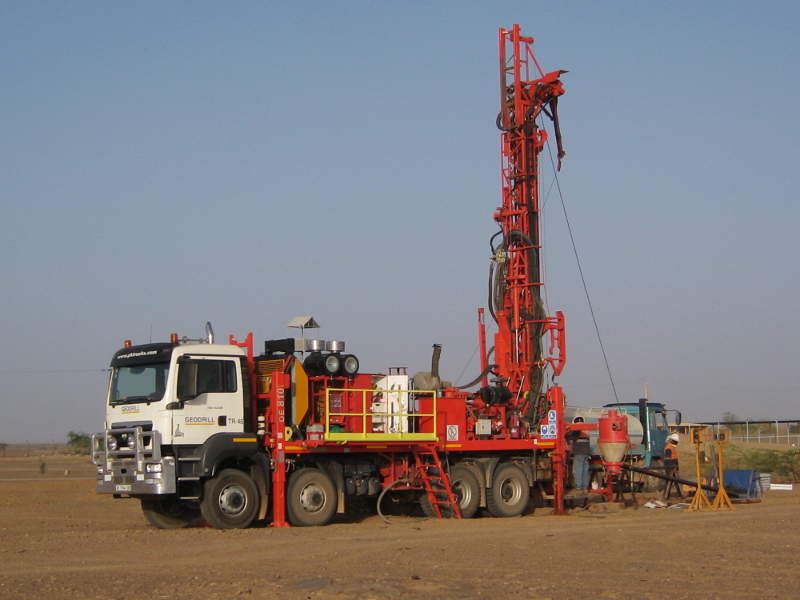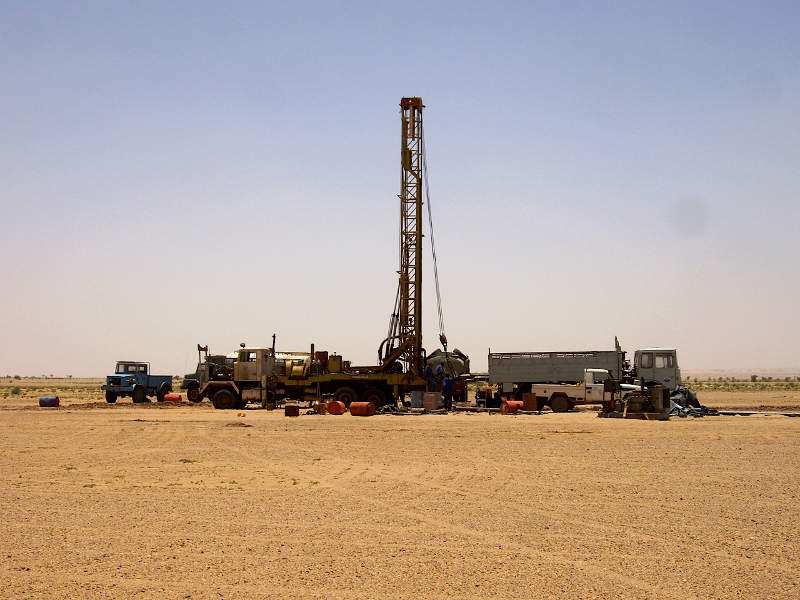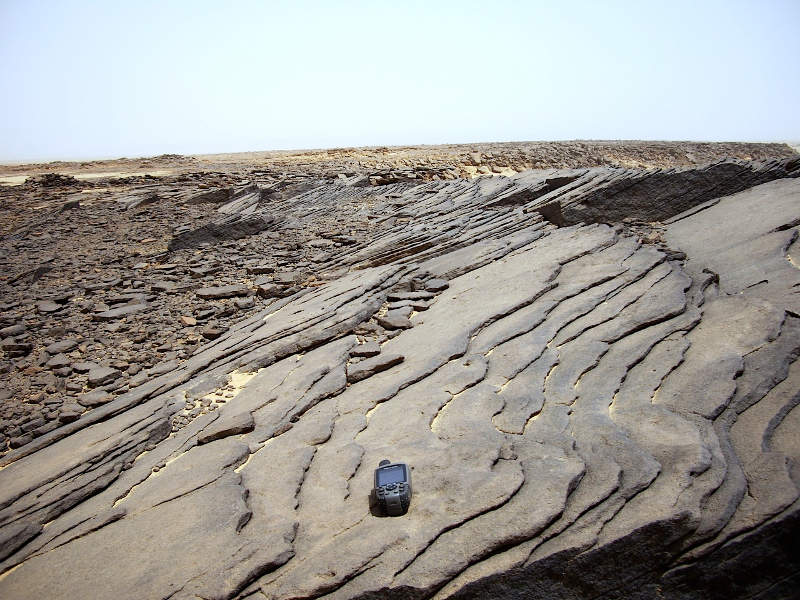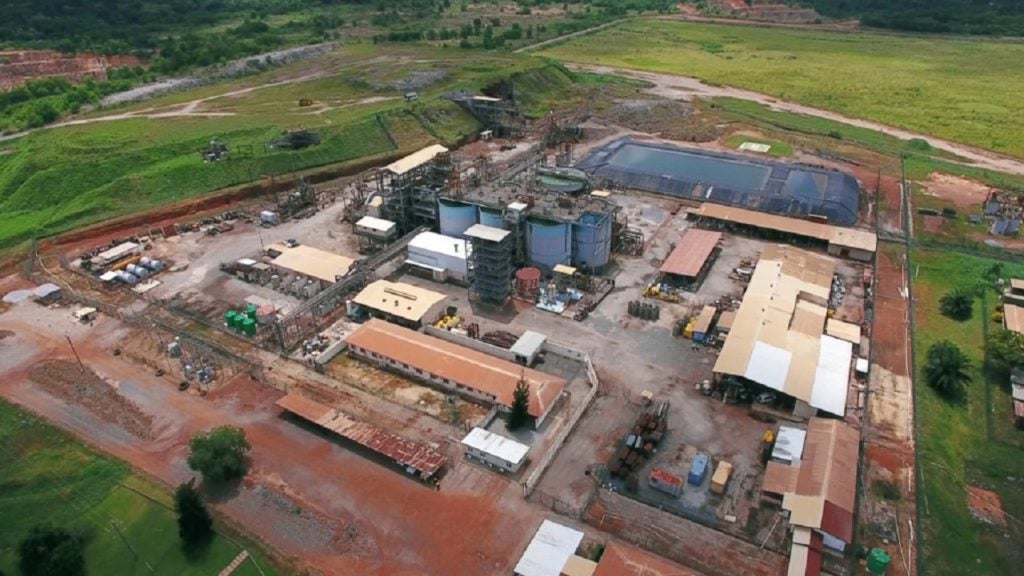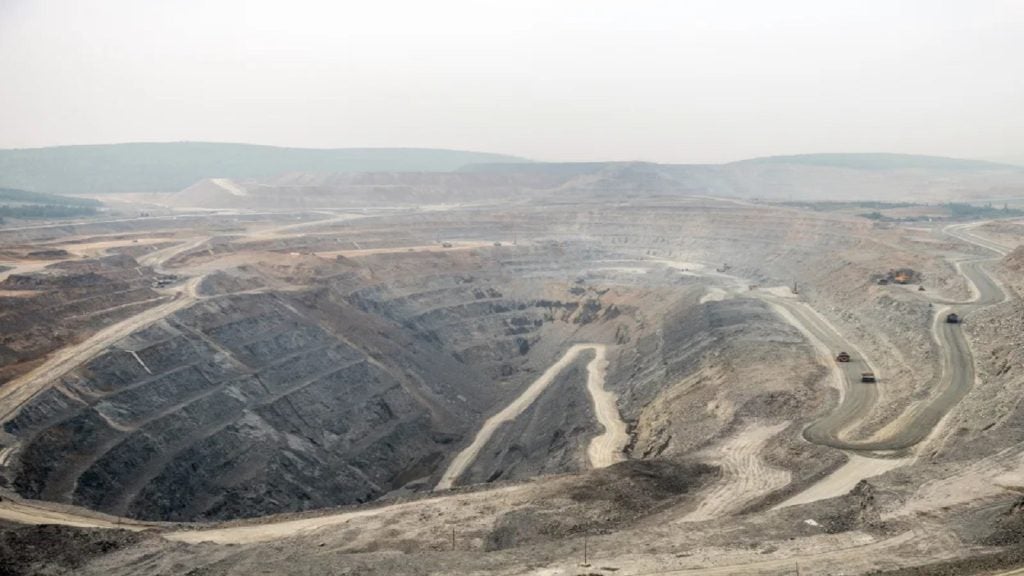Madaouela is an advanced-stage uranium project being developed near Arlit in north-central Niger. The project is located within the most significant sandstone-hosted uranium deposits in the world.
Environmental and social impact assessment (ESIA) of the Madaouela project was completed in March 2015. The Niger Government granted a mining permit for the Madaouela I tenement area in February 2016. The project is expected to commence production in 2020.
The project is estimated to produce an average of 2.69 million pounds (Mlb) of U3O8 yellowcake a year, with a 93.7% recovery rate. It is expected to have a mine life of 21 years.
GoviEx Niger Holdings (GNH), a wholly owned subsidiary of Canadian-based GoviEx Uranium, controls the project.
Madaouela uranium project geology and mineralisation
The Madaouela uranium project comprises five deposits, namely Marianne, Marilyn, Miriam, MSNE, and Maryvonne. The Marianne-Marilyn deposits are located the northern most deposit in the project area, while the MSNE deposit is approximately 4 km south of Marianne-Marilyn.
The project area is a part of the Tim Mersoi Basin, a sub-basin of the Phanerozoic Iullemeden Basin developed on the Proterozoic West-African shield basement. The basin consists of west-dipping units and was subject to deformation, mainly from basement fault activities located between the Air Massif and the Azaoua lineament.
At the Madaouela deposit, uranium is found as penetrable medium-coarse grained sandstone. Uranium is mostly contained within igneous or volcanic rocks located close to or inter-bedded with the sandstone units.
The Marianne-Marilyn deposit is described as a nearly flat tabular body with thickness varying from 0.2m to more than 2m. Mineralisation is found approximately 30m-deep on the east-end portion of Marilyn, 60m-deep in the middle of the Marianne-Marilyn deposit, and up to 120m-deep on the west portion of Marianne.
The MSNE and Maryvonne deposits show geological features that are identical to the features of the Marianne-Marilyn deposit. Uranium ore at the Miriam deposit has a thickness ranging from 20m to 30m, and a depth between 60m and 80m.
Reserves at Madaouela
The probable U3O8 reserves at Madaouela project are estimated to be 60.54Mlb. The project is estimated to contain measured and indicated mineral resources of 110 Mlb of U3O8.
Mining and processing of ore from Madaouela
Open-pit mining is proposed for the Miriam deposit, while the remaining deposits will be mined using room and pillar mining methods with decline access. Conventional drill and blast methods, followed by load and haul, will be used for excavating the ore.
Ore at the Marianne and Marilyn deposits is crushed underground, transported to the surface, and then sent to the run-of-mine (ROM) stockpile via a stockpile feed conveyor. The facility will also receive primary crushed ore from other mining operations.
The ROM ore will undergo a two-stage crushing process using a primary and a secondary jaw crusher operating in an open circuit.
The primary crushed ore from the stockpile will be routed to Radiometric Ore Sorting (ROS), where waste and low-grade material will be sorted out to produce a higher grade material.
Ore from the ROS will pass through a secondary crushing unit and water will be added to produce slurry for the ablation process. During ablation, two slurry streams will separate fine heavier uranium mineral from the host rock.
The separated uranium mineral will be leached in a two-stage leaching circuit comprising primary and secondary agitated leach tanks.
In the first stage, the fresh feed will be leached with a solution recirculated from the belt filters, and the resulting slurry will be thickened. The thickener underflow will be sent to the second stage leach, where it will be mixed with fresh acid to further leach the milled solids. The resulting overflow will be routed to the uranium recovery circuit as a pregnant leach solution (PLS).
The leach tanks will be agitated and aerated, allowing the milled ore to react with sulphuric acid and helping with the dissolution of the contained uranium. The solution from the leach (thickener overflow) will be subject to solvent extraction for recovering uranium.
Under the SX process, CYANEX 600 extractant will be mixed with the pregnant leach solution to recover molybdenum and uranium.
Infrastructure facilities at Madaouela
Power supply for the mine will be provided through an existing 132 kV overland transmission line connecting to the SONICHAR power station near Tchirozerine, Arlit. GoviEx will construct a 9.5km 110kV transmission line and a 110/33kV substation on the Madaouela site.
Potable water for the Miriam and Magazine operations is proposed to be supplied through water tankers.
The primary fuel storage unit will be located within the processing plant site.
Financing and off-take agreement
GoviEx has appointed Medea Capital Partners (Medea) as a project debt adviser to assist the company in the process of structuring the debt portion of the project financing required for the development of the Madaouela Project.
Medea was previously engaged by GoviEx in February 2016 to undertake a survey of global debt markets to determine the potential availability of project financing for construction of the Madaouela Project. The engagement resulted in Medea providing GoviEx with a strategic advisory paper, which concluded that market capacity may be available for debt project financing covered by an Export Credit Agency for the development of the project.
GoviEx has engaged Houlihan Lokey EMEA as a financial adviser to assist the company with the securing of potential long-term off-take.
Contractors involved
SRK Consulting (UK) and Legeni were engaged to prepare the environmental and social impact assessment (ESIA) report for the Madaouela uranium project. SRK also prepared the NI43-101 integrated development plan (IDP) for the project.
GoviEx awarded a contract to ESAFOR for conducting drilling at the uranium project.

